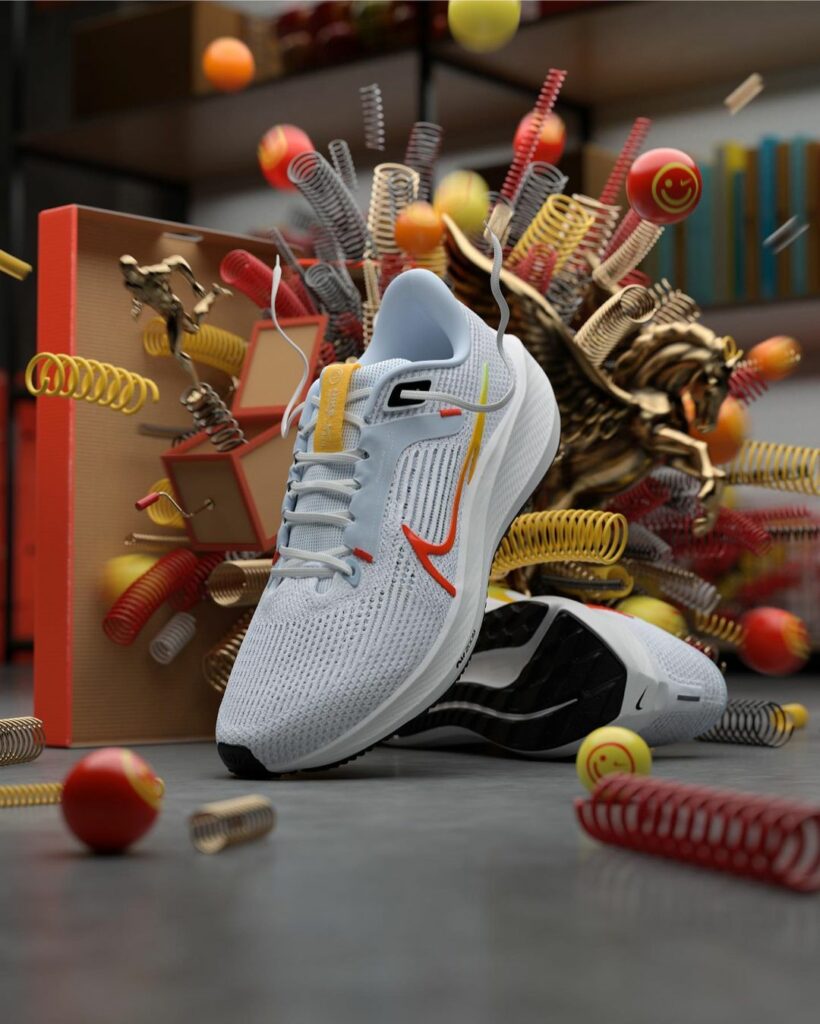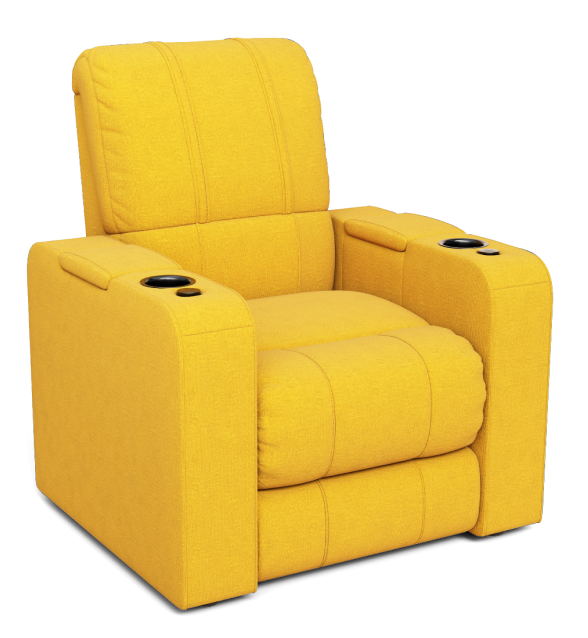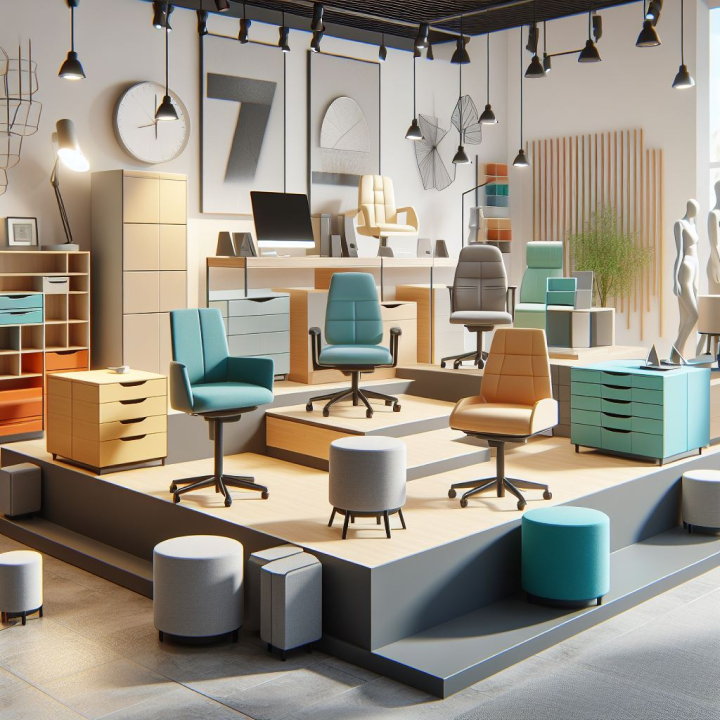In the eCommerce athletics industry, it’s crucial to provide customers with a clear and accurate representation of products through 3D Product Modeling to minimize returns. This approach ensures that customers will be satisfied with their purchases and less likely to return items.
Furthermore, using 3D Product Modeling services can increase customer loyalty and lead to repeat business. When customers can personalize and visualize their products, they feel a greater sense of ownership over their purchase, leading to a stronger emotional connection with the brand.
While all online sellers face certain challenges, the sporting goods industry must be even more mindful of potential hazards and customization options. The use of 3D Product Modeling services has become increasingly popular in this industry, as it allows customers to see their custom products before purchasing. This technology has already been successfully implemented by several athletic clothing and sporting goods companies, making it a trend worth exploring for businesses in this sector. Overall, 3D Product Modeling is a valuable service that can enhance the online shopping experience and increase customer satisfaction metrics for eCommerce athletics businesses.
What is 3D Product Modeling for sporting goods?
As eCommerce has evolved, 3D Product Modeling has become a necessary tool for providing customers with a comprehensive understanding of products. Basic photographs are no longer sufficient, as today’s customers expect a more detailed look at items before making a purchase. For sporting goods companies, 3D Product Modeling is particularly important, as it allows customers to view products from all angles and assess their functionality. By providing unique features like 360-degree views, zoom and pan capabilities, customizable colors and patterns, and the ability to add team logos to equipment, sporting goods brands can differentiate themselves from competitors and offer a more personalized shopping experience. This trend is likely to continue as consumers increasingly prioritize online shopping, making it essential for companies to invest in advanced tools to stand out in a crowded marketplace.
eCommerce gets more interactive with 3D Product Modeling
For eCommerce sellers, the capability to demonstrate how a product will look in a customer’s home or on their body is an invaluable feature. 3D Product Modeling enables customers to instantly customize items by incorporating color, material, style, and personalization options, helping them make informed purchase decisions. Although some shoppers may argue that online shopping can never replicate the experience of physically handling items in a store, 3D Product Modeling technology for sporting goods plays a crucial role in building customers’ trust and confidence in their buying choices.
Athletic brands that use 3D Product Modeling
3D Product Modeling is a powerful tool used by many sporting goods brands, including those who specialize in tennis equipment. By creating rackets using 3D Product Modeling technology, brands can provide tennis players with a customized experience that meets their unique needs and preferences.
Many sporting goods companies have embraced this service to improve the online shopping experience for their customers. Three brands that have effectively implemented this technology are Nike, Adidas, and Under Armour. Through the use of customizable features such as color, style, and fit, these brands have provided customers with an engaging and interactive way to shop for their favorite athletic products.
Nike
Nike has been successful in the athletic clothing industry by prioritizing its customers’ experience. One of the ways Nike does this is by utilizing 3D Product Modeling tools to provide online shoppers with an accurate representation of their products. With the help of this technology, customers can customize their purchases based on their preferences and requirements.
Nike’s 3D Product Modeling system is designed to provide ample Modeling options, enabling customers to explore different color and customization options to make informed purchase decisions. The brand understands that active clothing and athletic shoes can include unexpected design elements such as reflective material or colored soles, which may not suit everyone’s preferences. Therefore, Nike displays every angle of every color option to provide customers with a complete view of the product.
In summary, Nike’s success in the athletic clothing industry can be attributed to its ability to provide customers with a seamless online shopping experience. The brand understands that customers want to see and customize their purchases, and it has implemented a system that enables them to do so effectively.

Lululemon
Lululemon, a newer entrant in the athletic clothing industry compared to Nike, has also adopted 3D Product Modeling services to enhance the online shopping experience for its customers. While the brand’s selection of styles may be smaller than other established athletic brands, Lululemon compensates by offering multiple color options for most of its pieces. This allows shoppers to personalize their athleisure wardrobe according to their preferences, from subdued to more striking colors.
The brand has also recently expanded its product line to include athletic shoes, each available in several colors. Lululemon’s product views use different Modelings to showcase the best features of each style, which helps shoppers to visualize themselves wearing the products even if they cannot try them on in person. This enables Lululemon to increase customer engagement and drive online sales. Thus demonstrating the effectiveness of 3D Product Modeling servicesin enhancing the online shopping experience for customers.

Bespoke Cycling
3D Product Modeling is a powerful tool that can help businesses in various industries, including companies that offer sporting goods and fitness products. Bespoke Cycling is one such company that effectively utilizes this services to provide a customized bicycle experience for its customers. With this technology, shoppers can personalize their bicycles by choosing from a variety of adjustable and interchangeable options.
Bespoke Cycling’s use of this services streamlines the customization process by allowing customers to see how their selections will appear on the finished product. This eliminates the need for direct communication, which can be time-consuming and prone to errors. By providing an accurate digital representation of the final product, Bespoke Cycling helps customers make informed purchasing decisions.
This level of customization is essential for cycling enthusiasts who have unique requirements for their bicycles. By using 3D Product Modeling to create a customized bike, Bespoke Cycling provides customers with a sense of ownership and satisfaction in their purchase. This, in turn, can lead to brand loyalty and positive reviews, further enhancing the company’s reputation and sales.

Transform your online shopping experience with Tulfa
Based in Chicago, United States, Tulfa specializes in advanced eCommerce services such as 3D product modeling, 3D product rendering, augmented reality, 360-degree 3D ecommerce product photography, virtual showroom, and more. Our expertise in these technologies can help athletic clothing, furniture & home decor, home hardware, and retail brands to provide their potential customers with an accurate and detailed representation of their products.
If you want to make a great first impression on your customers and enhance your online shopping experience, contact Tulfa at hello@tulfa.com today. We can help you get started quickly and easily.



